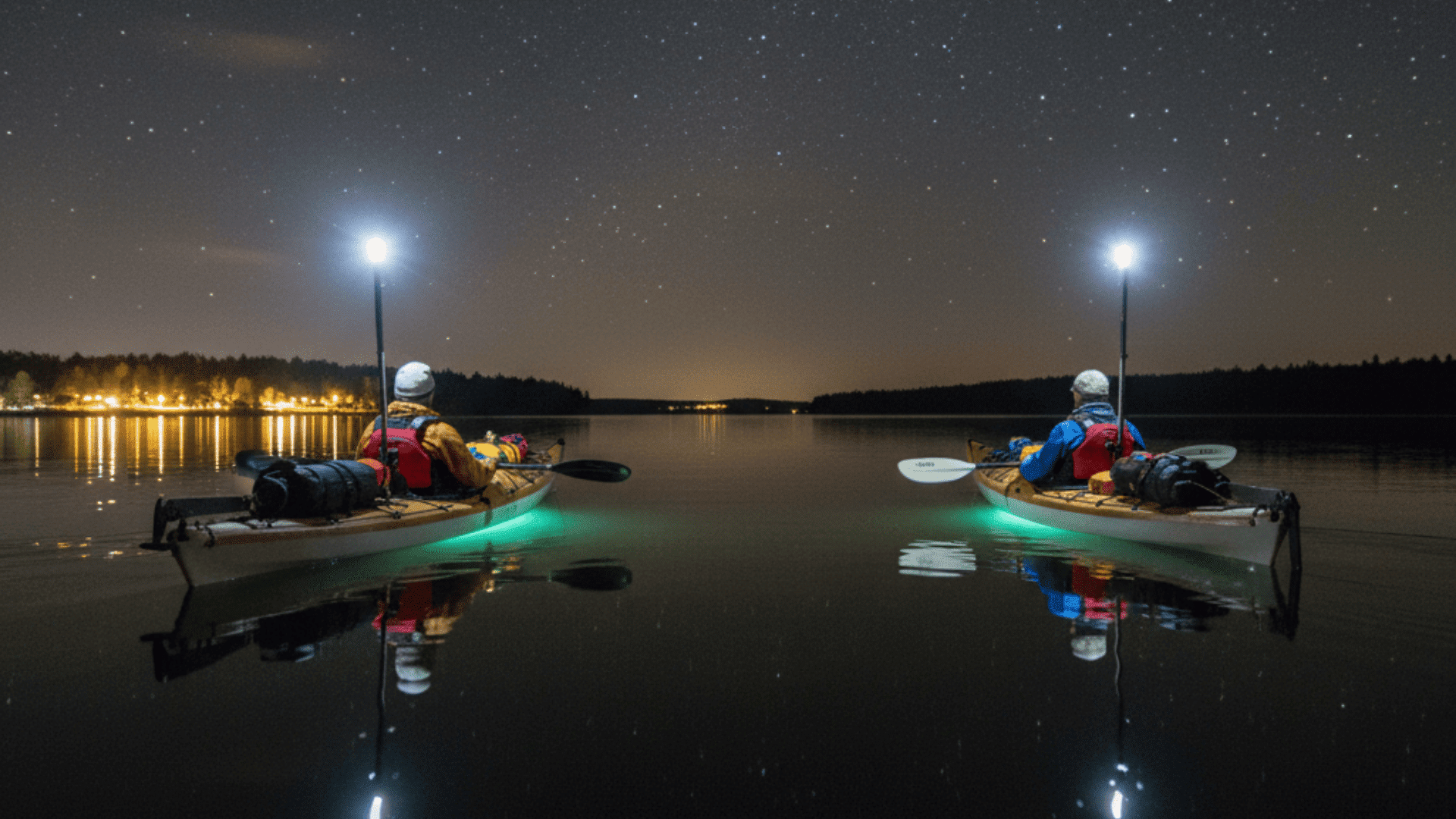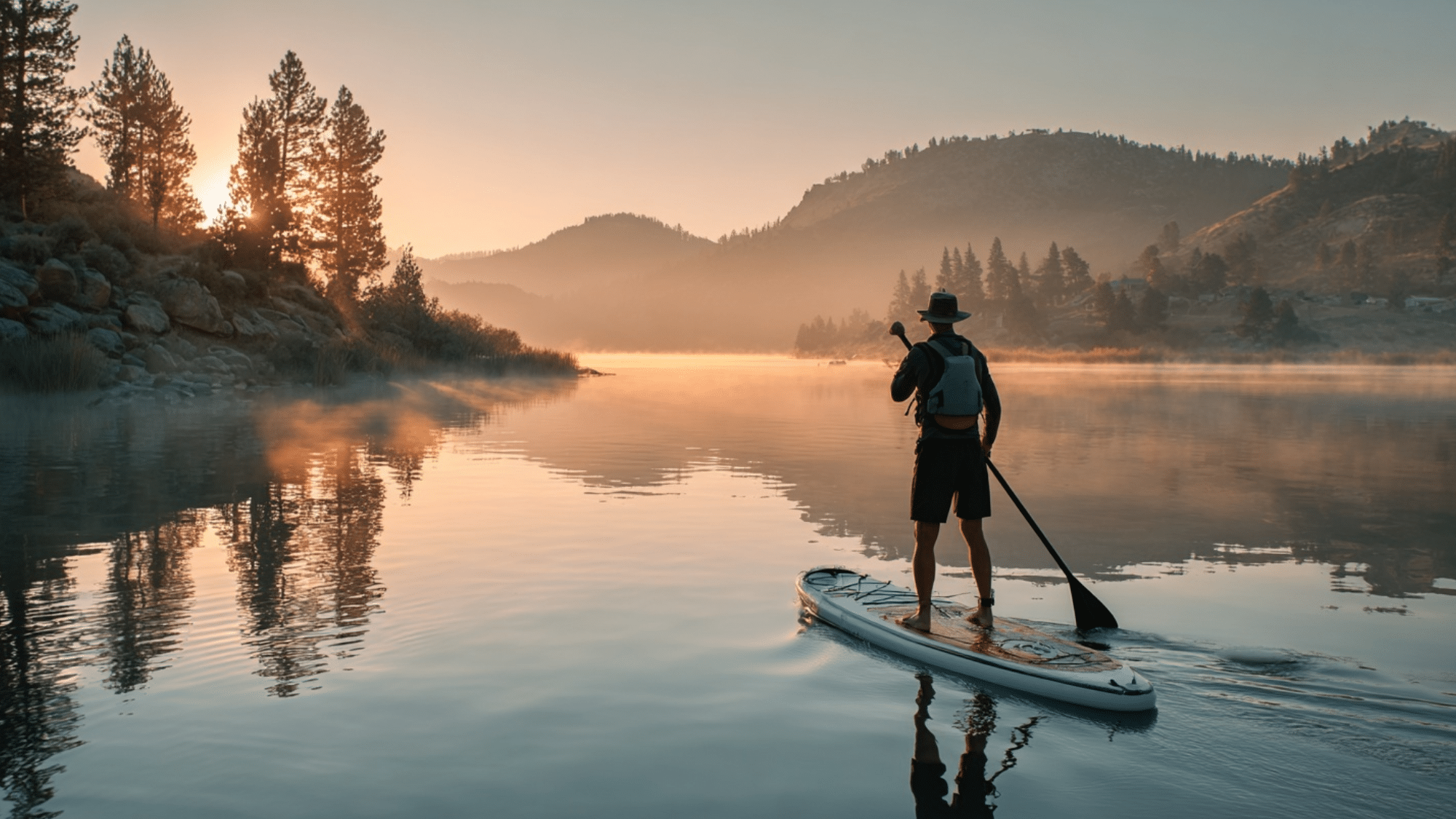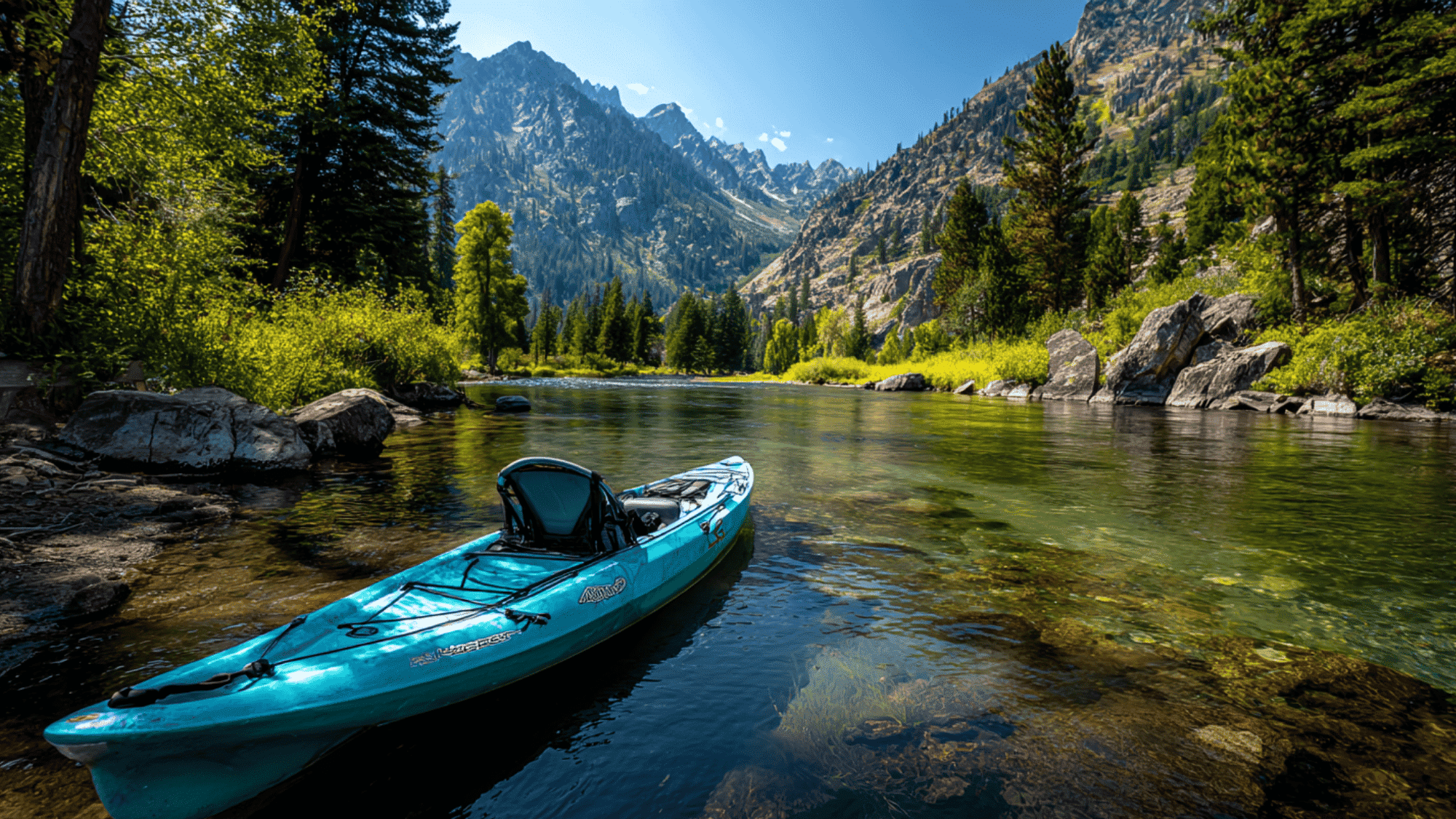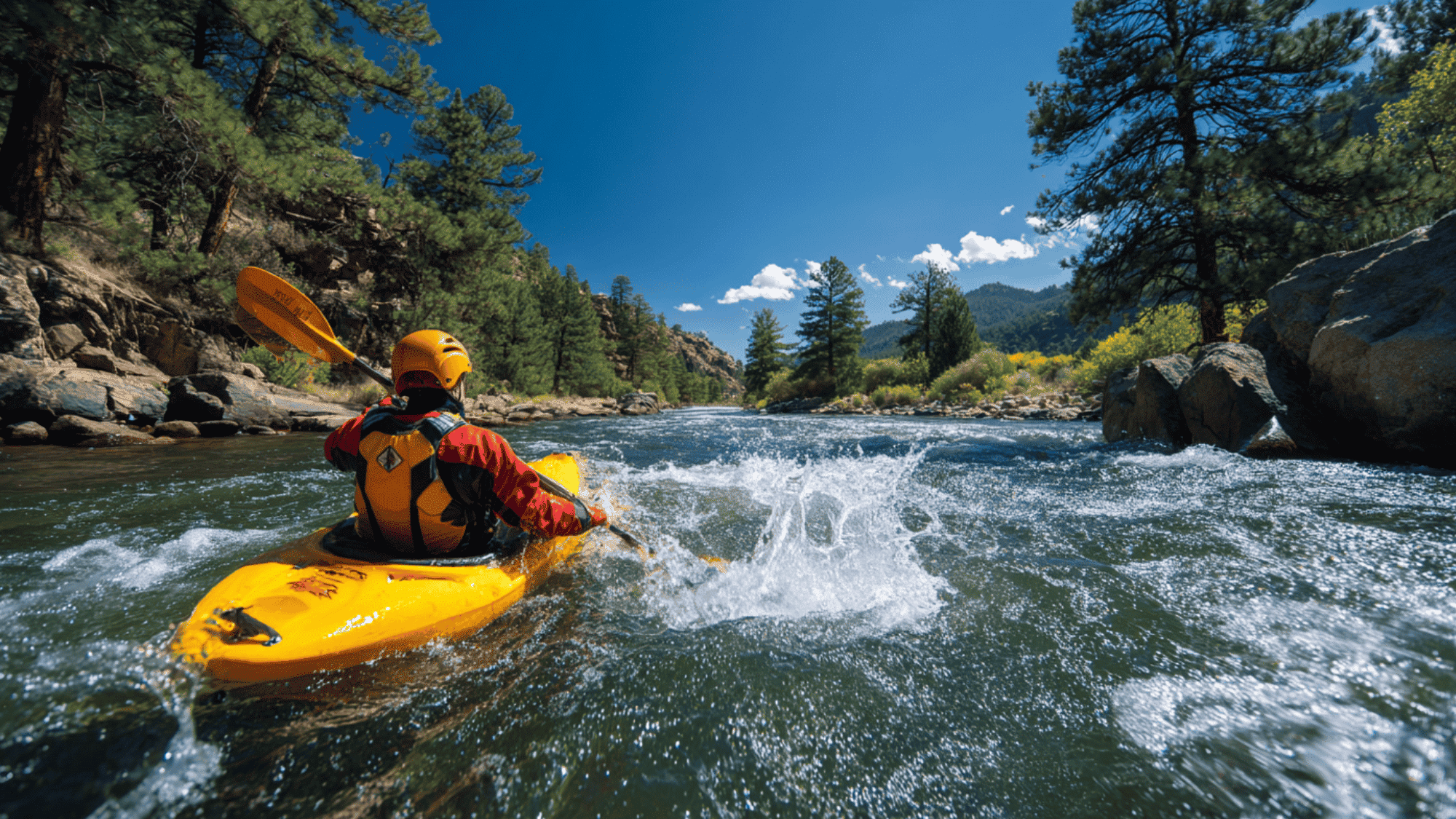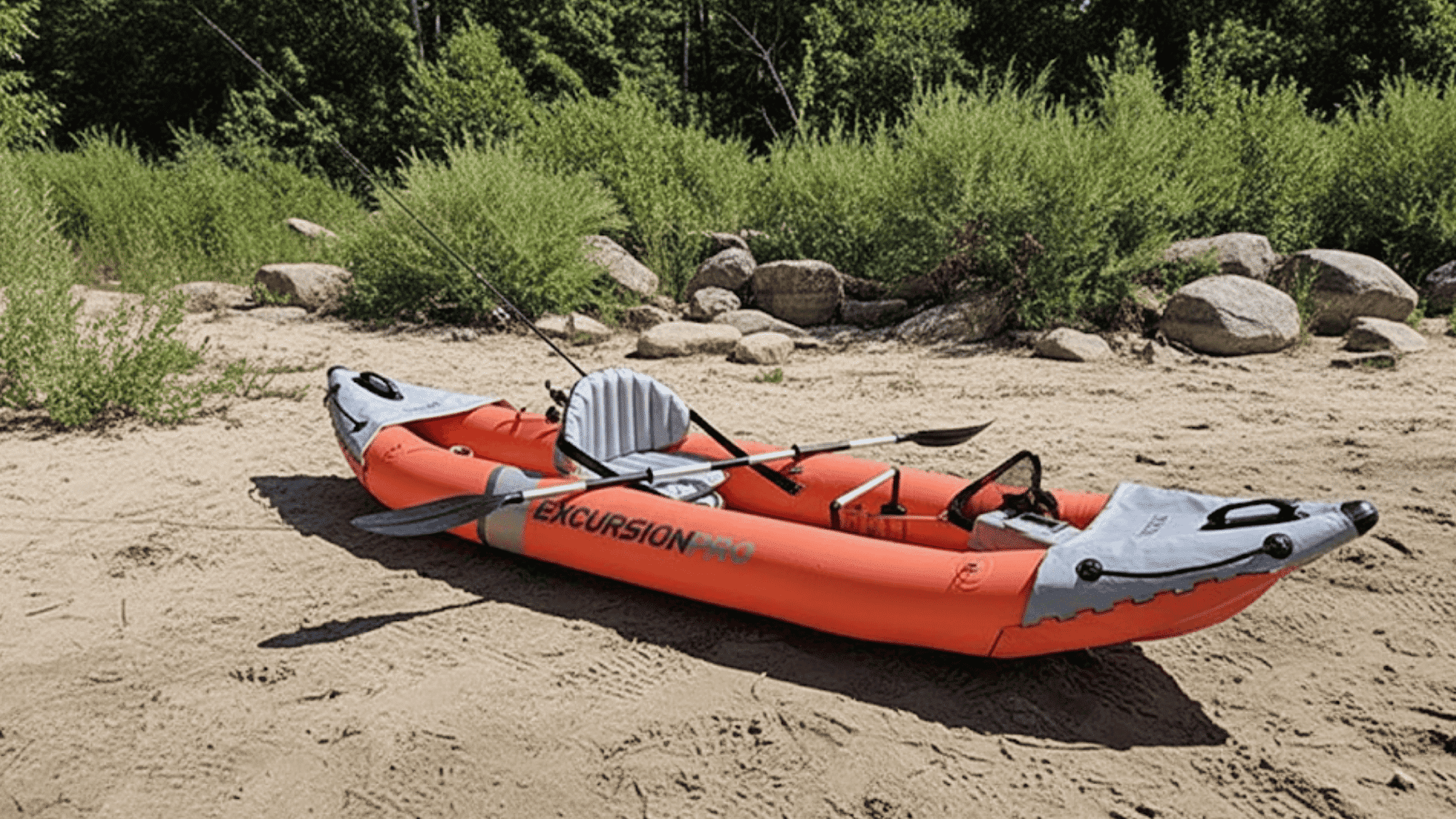Have you ever wondered what it feels like to let a fast-moving river carry you forward while you guide your boat with skill and focus?
Imagine gliding through splashing water, turning smoothly around rocks, and feeling the thrill of being right in the heart of nature.
That’s the world of whitewater kayaking, a sport that blends excitement, challenge, and connection to the outdoors.
People of all ages try it for different reasons: some love the physical workout, others enjoy learning new skills, and many simply like the fresh air and freedom of the river.
Even if you want to understand the history, gear, or techniques of whitewater kayaking, this guide will cover it all in clear, easy-to-follow steps.
What Is Whitewater Kayaking?
Whitewater kayaking is a sport where you paddle a small boat, called a kayak, through rivers with moving water.
These rivers often have rapids, which are bumpy, foamy parts caused by rocks and drops in the riverbed.
A white water kayak is built specially for this; it’s shorter and shaped to turn quickly while staying steady.
Unlike calm-water kayaking on a lake, this style keeps you active and alert. It’s about working with the flow of the river, learning how to guide your boat, and enjoying the water in a unique way.
A Quick Look at the History of Whitewater Kayaking
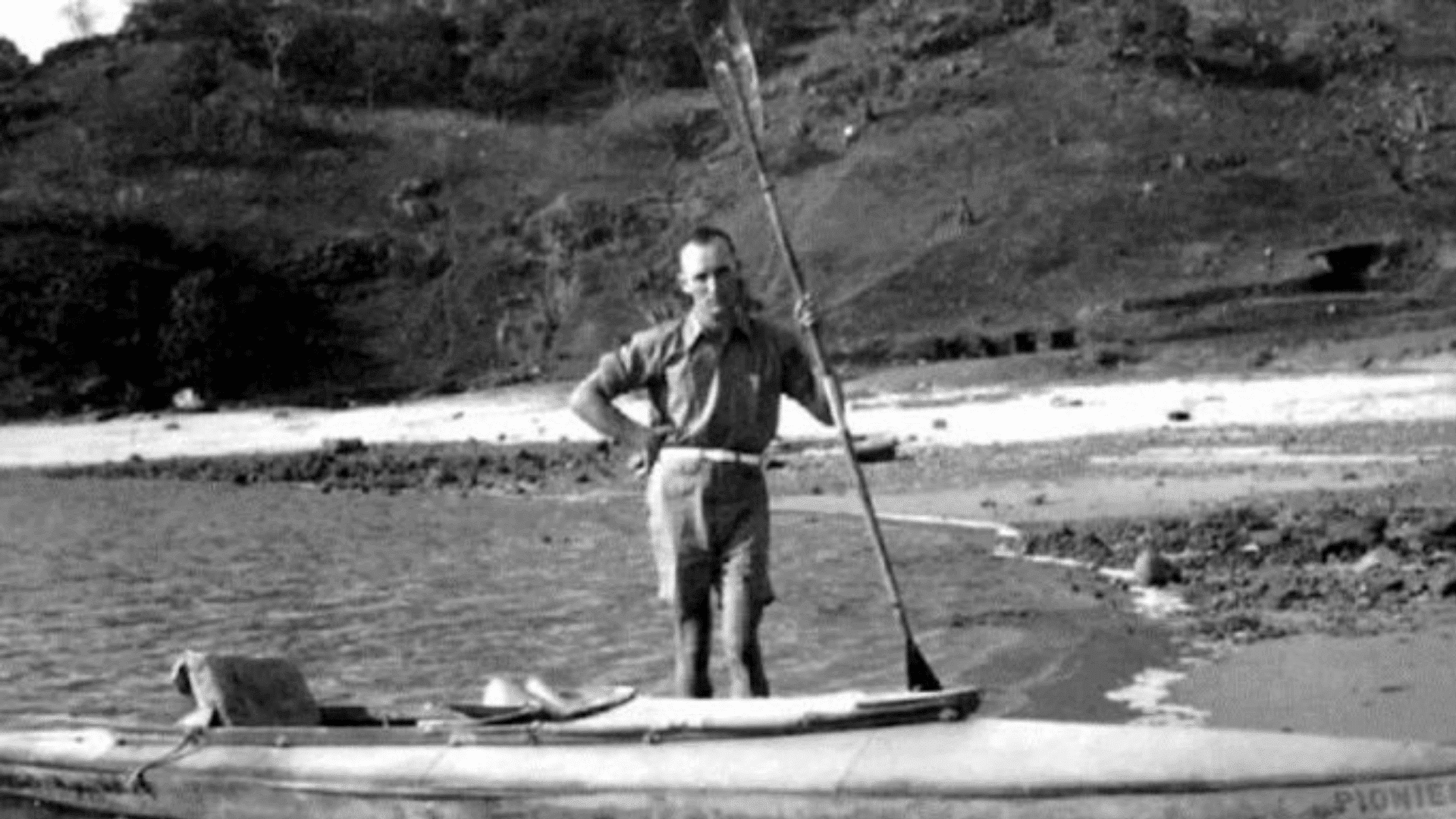
Kayaking originated with the Inuit people, who crafted kayaks from driftwood and animal skins to hunt and navigate across icy seas. The idea of using kayaks for sport came much later.
- 1800s: Europeans began using kayaks to travel and study rivers.
- 1900s: Whitewater kayaking gained popularity in Germany and Austria as a sport.
- 1972: It was added to the Olympic Games in Munich.
Today, whitewater kayaking is a popular activity worldwide. People enjoy it as both a competitive sport and a way to spend time outdoors.
Why People Choose Whitewater Kayaking
People are drawn to whitewater kayaking for many reasons. Each section of a river feels different, filled with energy and movement that keeps the experience exciting.
It also offers a sense of closeness to nature; you can paddle past forests, mountains, and clear streams in a way that feels raw and real.
The sport also brings a challenge, as it takes practice to control a kayak in rushing water, but the reward of success is deeply satisfying.
At the same time, it provides calmness, as the fresh air and sounds of the river help clear the mind and ease stress.
The Basics: Gear You Need
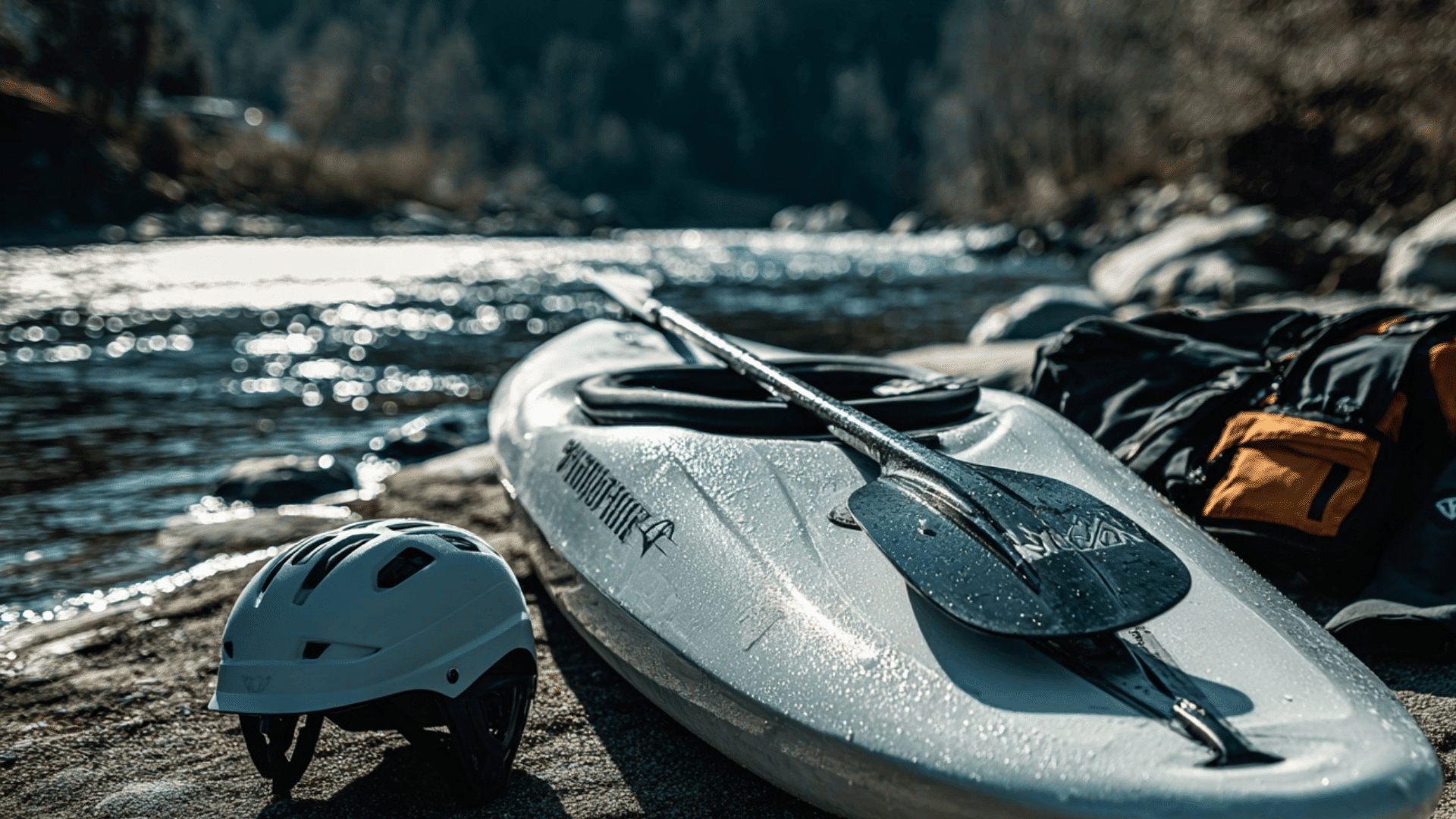
You don’t have to start with expensive equipment, but some items are necessary:
- Kayak: A white-water kayak is shorter and rounder, designed to handle waves and rocks.
- Paddle: Light and strong, with blades shaped for good control.
- Helmet & Life Jacket: Important for staying safe.
- Spray Skirt: Keeps water from filling the kayak.
- Clothing: Wetsuits or quick-dry clothing work best, depending on the weather conditions.
Having the right gear means you can focus on the experience instead of worrying about problems.
Levels of Rapids: How Rivers Are Rated
Rivers are divided into classes to show how difficult they are:
- Class I: Gentle, small waves. Perfect for beginners.
- Class II: Slightly faster with a few bumps. Still good for learners.
- Class III: Stronger waves and some obstacles. Requires skill.
- Class IV: Intense, with quick turns. Best for experienced paddlers.
- Class V: Very powerful and dangerous. Only for experts.
- Class VI: Nearly impossible and highly risky.
These levels help people pick the right river for their skills.
Basic Techniques Every Kayaker Should Know
Learning the right moves makes whitewater kayaking safer and more enjoyable. With steady practice, each one becomes a natural part of your paddling skills.
1. Forward Stroke
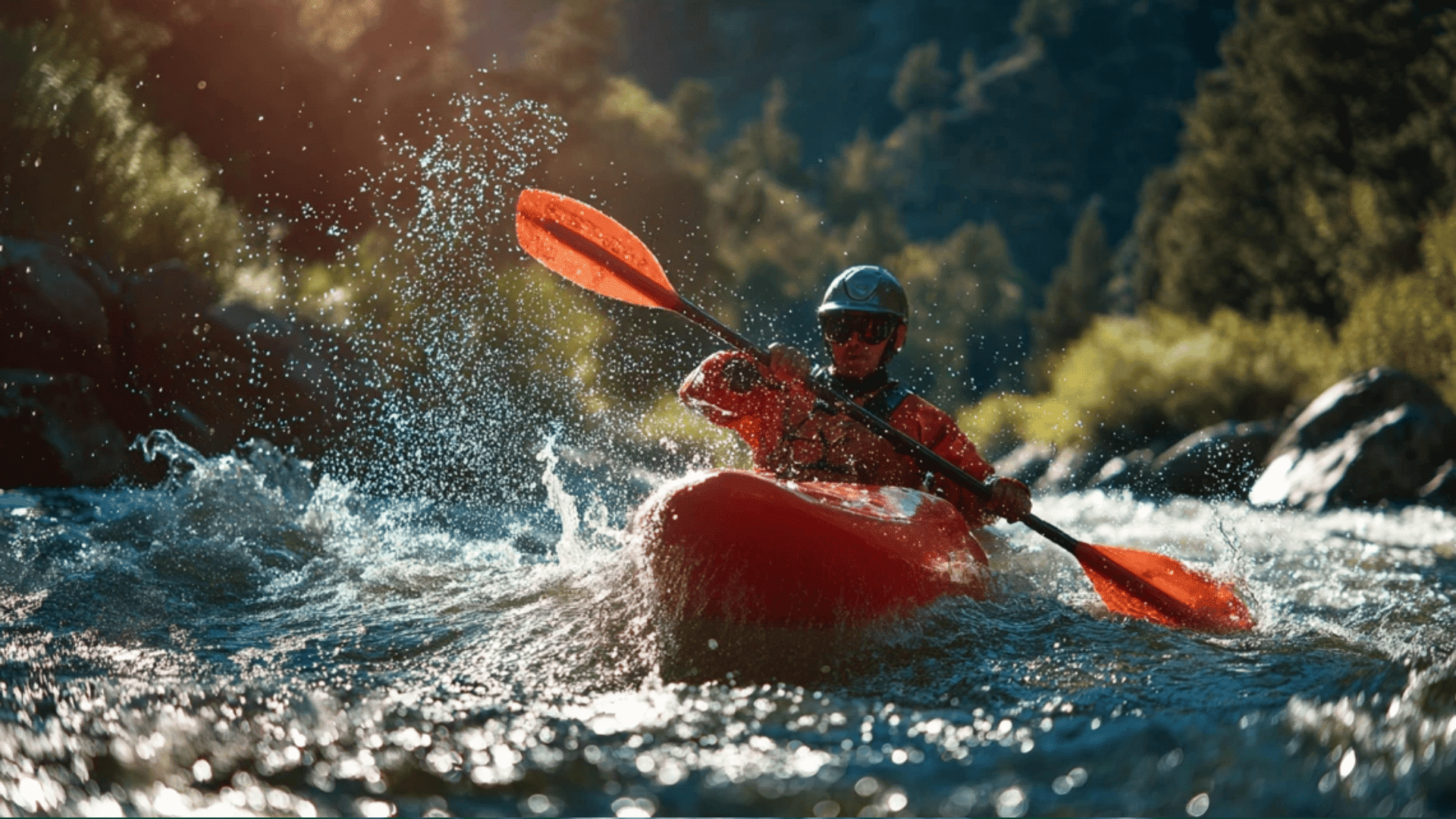
The forward stroke is the most basic yet important move. It helps you move smoothly downriver while maintaining control of speed and direction.
By focusing on body rotation in addition to arm strength, this stroke becomes more efficient and powerful.
2. Sweep Stroke
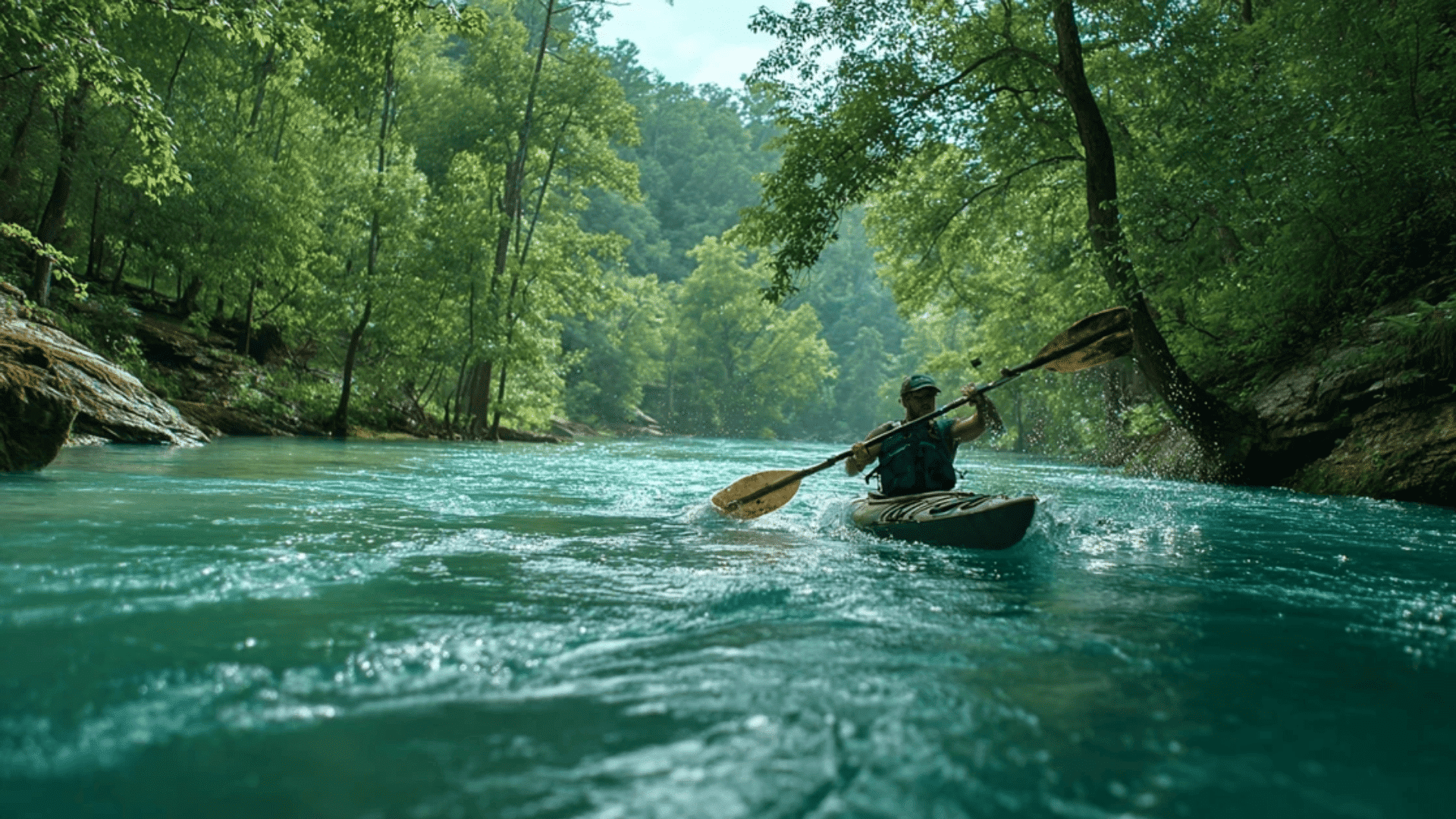
The sweep stroke allows you to turn your kayak in wide, controlled arcs. By extending your paddle and making a broad curve, you can effectively guide the boat.
This technique is especially useful for navigating bends or avoiding obstacles in rapids.
3. Draw Stroke
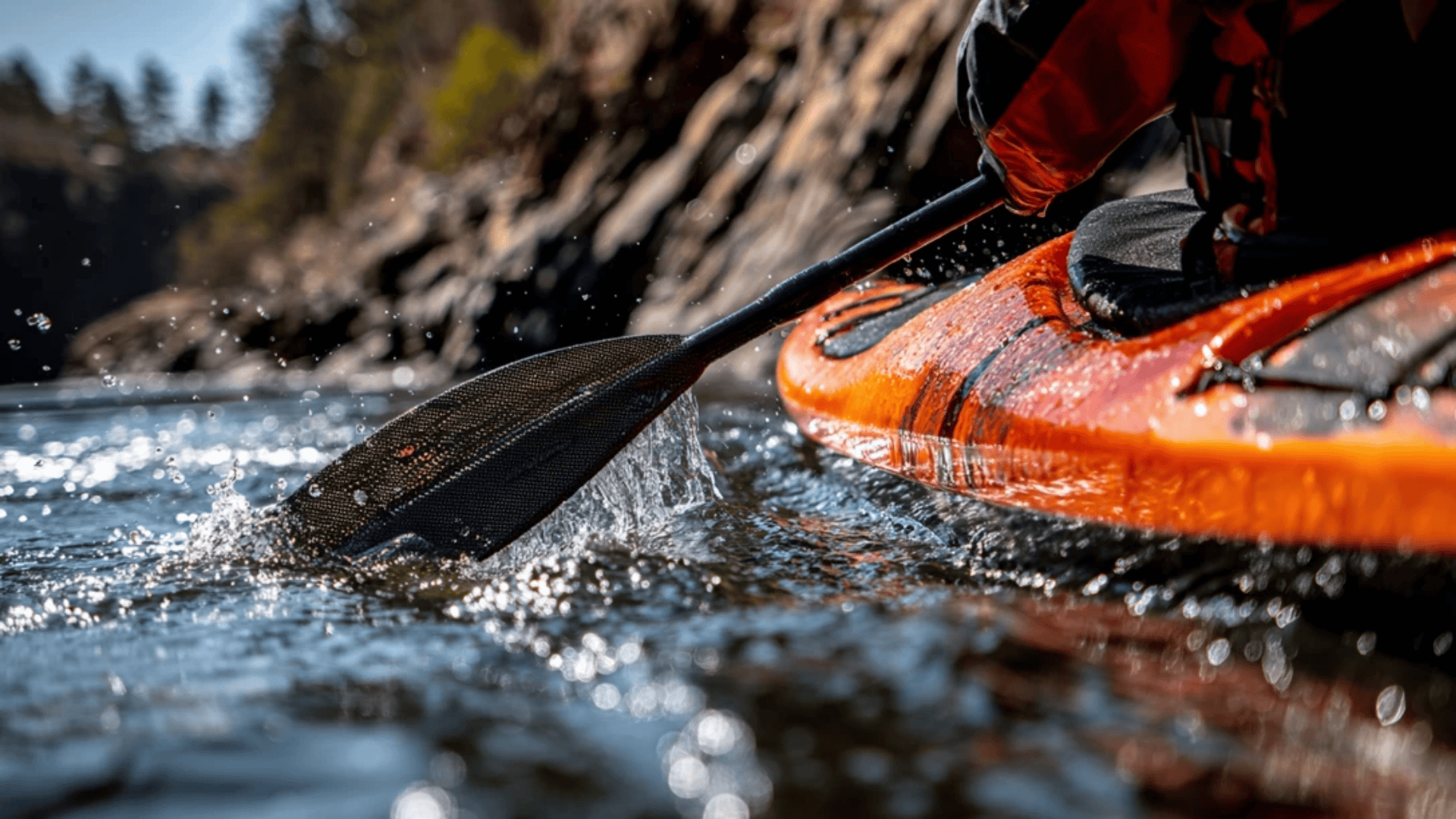
The draw stroke pulls your kayak sideways, an essential move when you need to shift quickly.
By planting the paddle blade in the water and pulling toward yourself, you can move closer to another kayak, shore, or away from a hazard.
4. Bracing
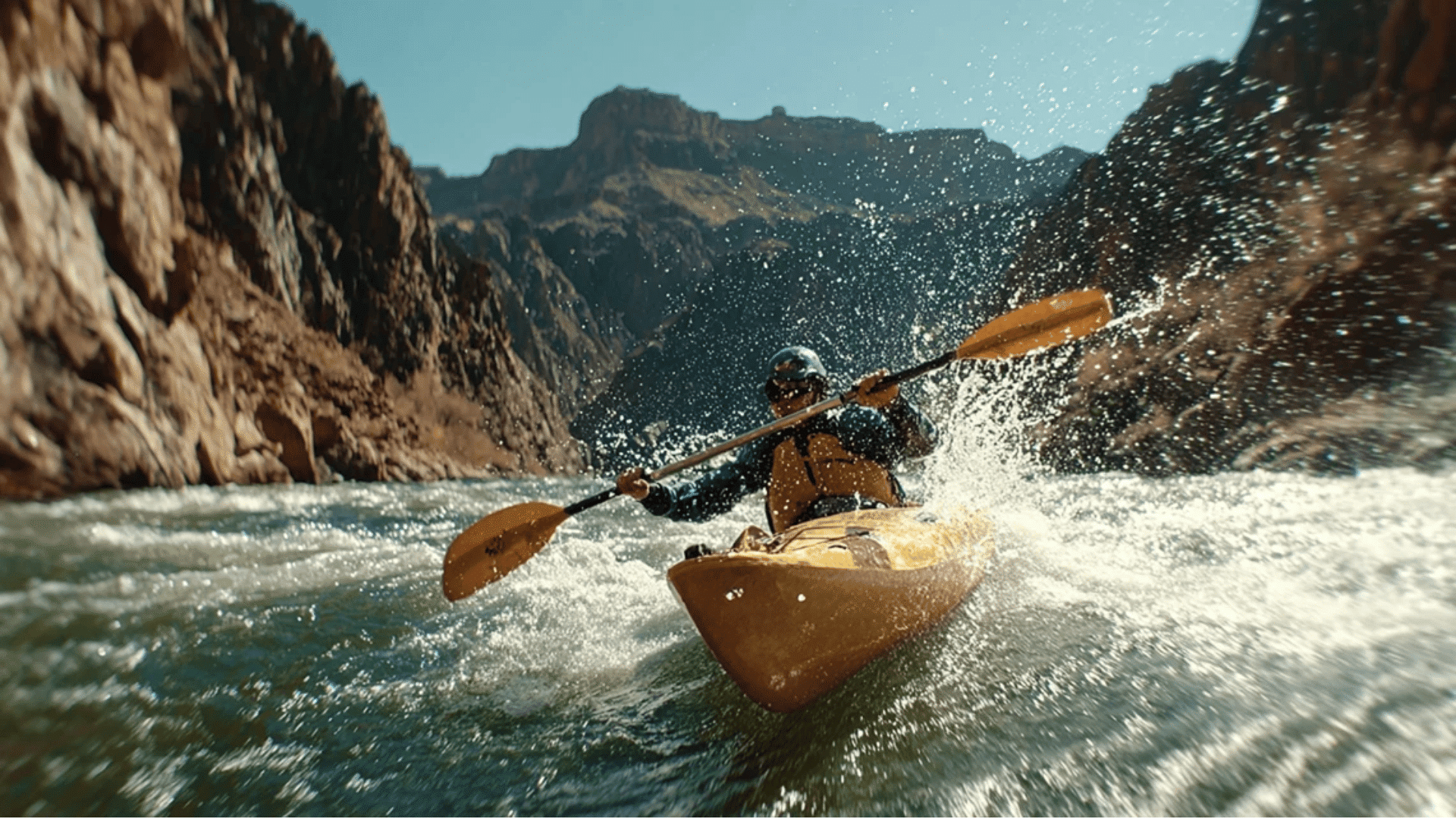
Bracing is a lifesaving skill that helps you regain balance if your kayak starts to tip. By slapping the paddle flat against the water, you create support.
This move prevents capsizing and gives you time to stabilize your position.
5. The Roll
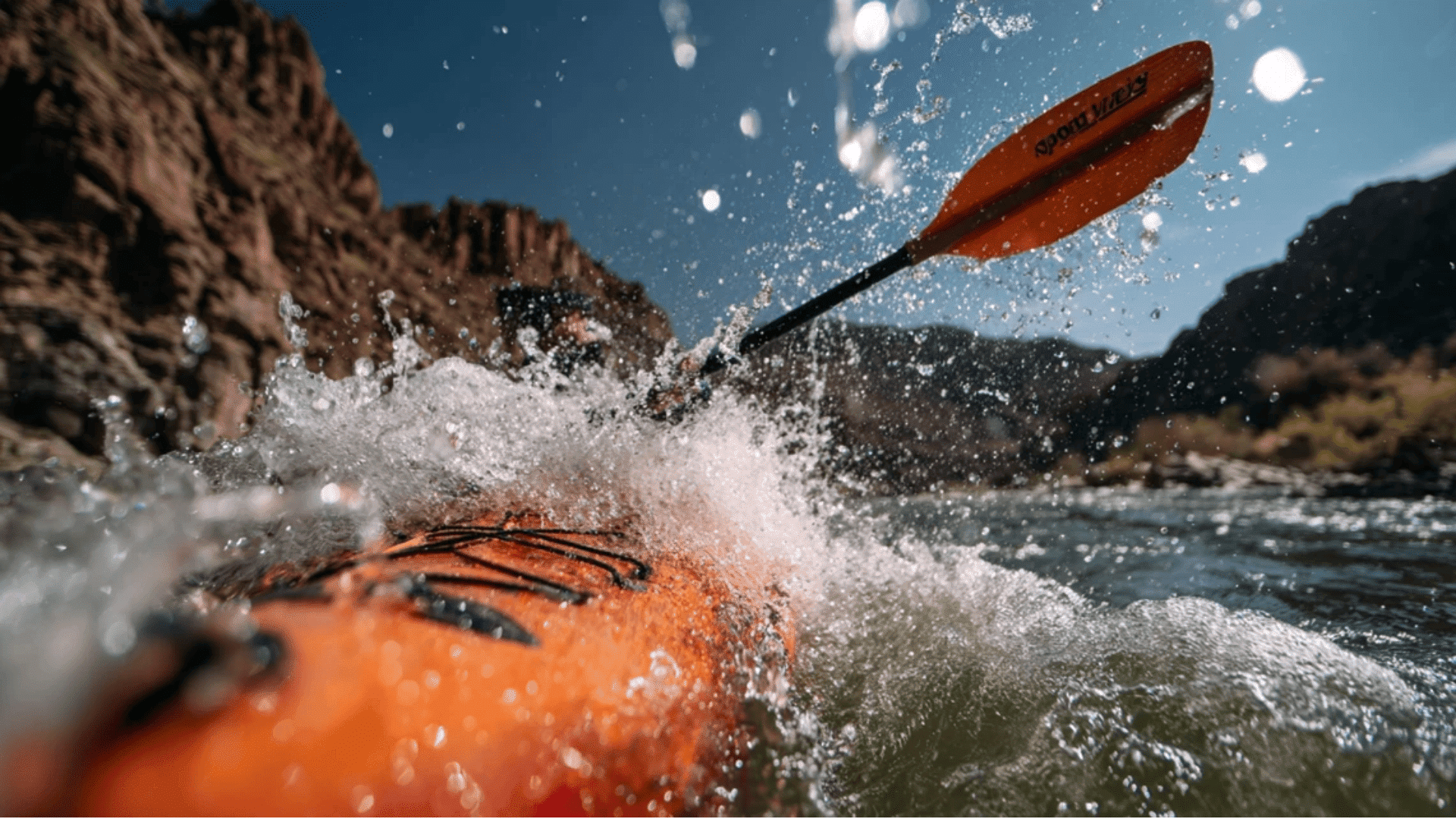
The roll is a key recovery technique for flipping your kayak upright after capsizing.
Instead of exiting the boat, you use paddle leverage and hip movement to roll back up. Mastering this skill adds confidence and independence on the river.
Staying Safe While Kayaking
Safety is the most important part of this sport. Here are some simple rules:
- Go With Others: Don’t kayak alone.
- Check Conditions: Rivers change with the weather and water levels.
- Wear Safety Gear: Helmets and life jackets are non-negotiable.
- Know Your Limits: Start on easier rivers and move up slowly.
- Learn Rescue Skills: Being prepared helps you and those around you.
Safety keeps the sport enjoyable and ensures you can continue to enjoy it.
Enjoying the Outdoors
Whitewater kayaking isn’t only about moving through rapids. It’s also about the surroundings.
Imagine paddling between tall cliffs, passing under trees, or watching birds overhead. The river often takes you to places roads can’t reach, making the experience feel fresh and real.
Many kayakers claim that being on the water teaches them to appreciate and care for nature. It’s a reminder that rivers and wildlife need to be respected and protected.
Whitewater Kayaking as a Sport
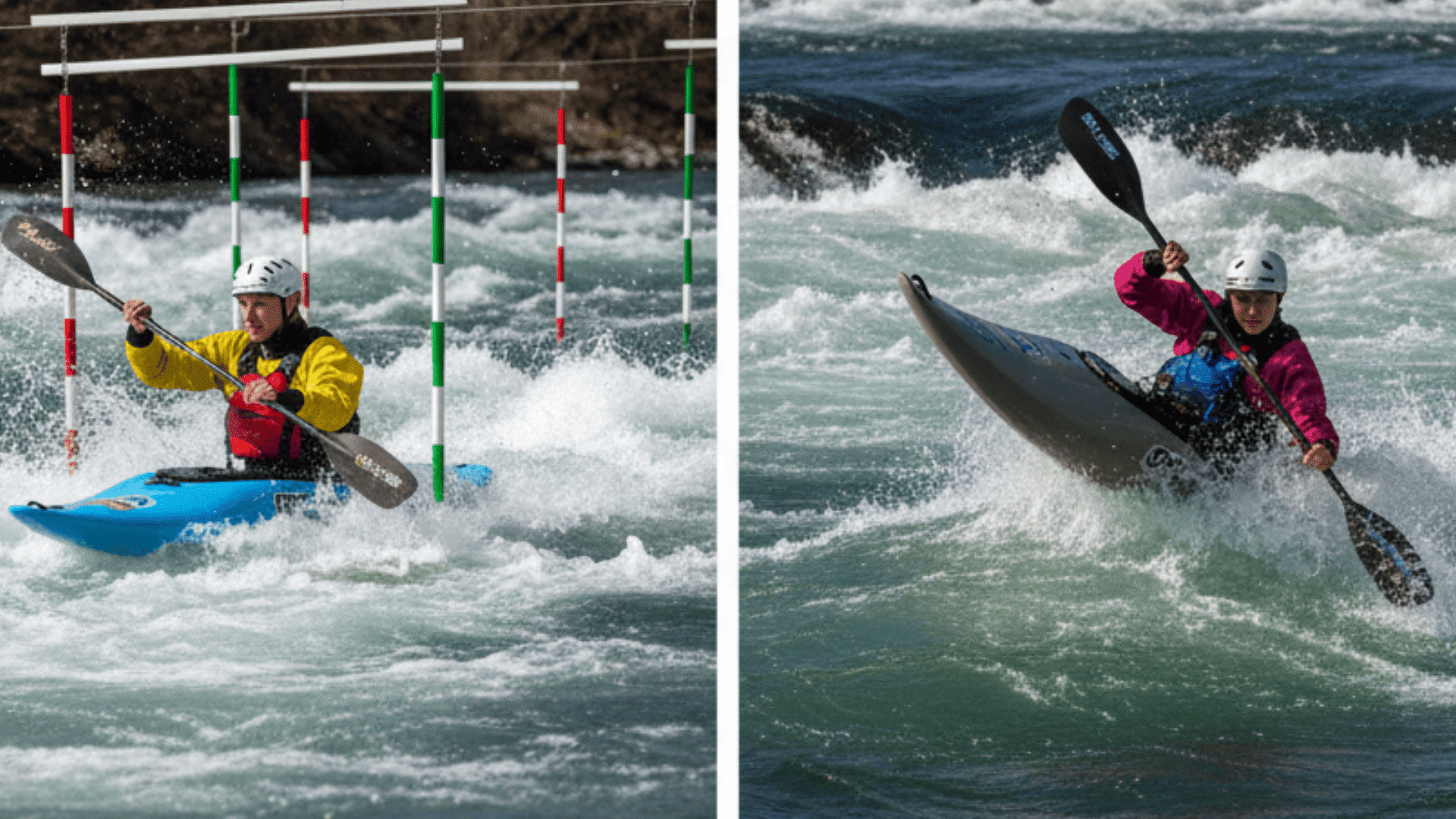
This sport isn’t just recreational, it’s also competitive. Some of the main styles include:
- Slalom: Paddlers race through gates on a rapid course.
- Freestyle: Kayakers perform spins, flips, and tricks in one spot.
- Downriver Racing: Focused on speed along a river stretch.
- Extreme Kayaking: Involves navigating the most challenging rapids and steep drops.
Watching skilled kayakers perform is impressive, as it demonstrates the significant amount of practice and control required for the sport.
Famous Whitewater Kayaking Destinations
Some rivers are famous around the world for kayaking:
- Colorado River (USA): Runs through the Grand Canyon with world-renowned rapids.
- Zambezi River (Africa): Huge waves near Victoria Falls.
- Ottawa River (Canada): Offers a mix of beginner and advanced sections.
- Futaleufú River (Chile): Known for bright blue water and strong rapids.
- Soca River (Slovenia): A beautiful European river with clear water.
Of course, you don’t need to travel across the globe; many local rivers have great spots for beginners.
Final Thoughts
Whitewater kayaking is more than just paddling through rapids; it’s about building skill, confidence, and a deeper connection with rivers and the outdoors.
Each stroke teaches balance, control, and focus, while every trip on the water brings something new to enjoy.
If you’re drawn to the calm beauty of a gentle current or the thrill of faster rapids, this sport has something for everyone.
With the right gear, safety mindset, and a willingness to learn, you’ll quickly see how rewarding it can be.
Ready to give it a try? Start small, stay safe, and let the river guide your next experience.





